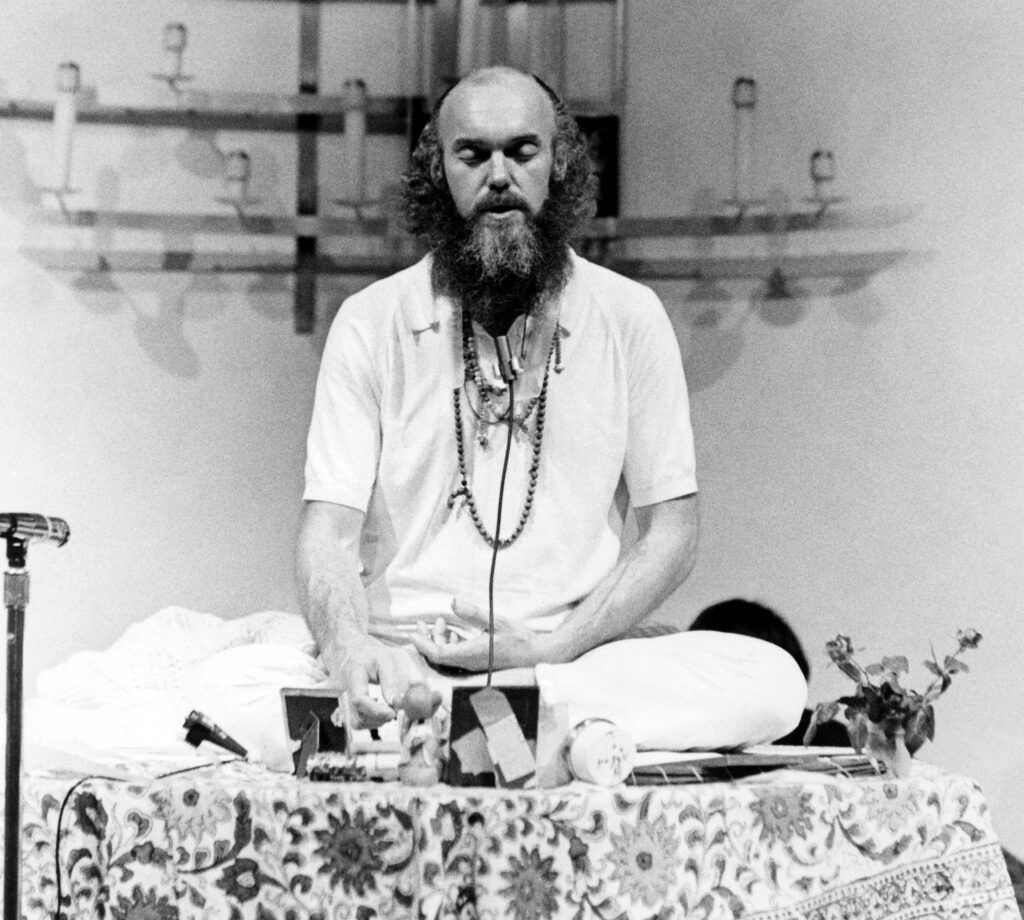The 19th-century spiritualism movement, which focused on communicating with the dead and exploring supernatural phenomena, heavily influenced the New Age movement. Both movements emphasized the power of the individual to achieve spiritual enlightenment and connectedness with the universe. They also embraced alternative healing practices and a belief in the interconnectedness of all things. However, the New Age movement expanded upon spiritualism by incorporating Eastern religious beliefs, environmentalism, and a focus on self-improvement and personal growth.
Helena Blavatsky

“After all, the rise of spiritualism and occultism were intimately tied to a contemporary crisis in Christianity. One aspect of this crisis was liberal Christian antipathy to the idea of eternal damnation, thought incompatible with the notion of a loving God. The other aspect was science: geology had shown the dating of the world to be far older than the Bible’s teachings and Darwinism upended centuries of dogma. People were searching for ways to believe in such a context. The excitements of Spiritualism offered a new way to connect with the spiritual, outside of old orthodoxies.”
Matthew Wills
By the 1970s, one hundred years later, proponents of the New Age movement believed that there was a metaphysical conjuncture taking place. “The Age of Aquarius” that would bring a new beginning for society, theologian David Spangler argued that it was up to humans to bring this “New Age” into existence.
“I see the New Age as a place where the forces of change, spiritual deepening and attunement, personal development, and the unfolding and enriching of community meet and give birth to a flux of co-creativity and revelation, inspiration and enthusiasm for the future.”
David spangler, A pilgrim in aquarius

Tenets of the New Age Movement
- Belief that there would be a New Age of “heightened spiritual consciousness and international peace would arrive and bring an end to racism, poverty, sickness, hunger, and war. This social transformation would result from the massive spiritual awakening of the general population during the next generation.”
- Belief that “individuals could obtain a foretaste of the New Age through their own spiritual transformation. Initial changes would put the believer on the sadhana, a new path of continual growth and transformation.”

The hippie counterculture of the 1960s and 1970s was known for its social activism on issues such as civil rights, feminism, anti-war, and environmentalism. Hippies rejected mainstream values and hoped to create a more inclusive, compassionate society based on love, peace, and harmony. They organized protests, demonstrations, and alternative communities, like communes. Their legacy continues to inspire social movements today.
The New Age’s movement was deeply connection to political activism, particularly the Vietnam War Protests of the 1970s.


